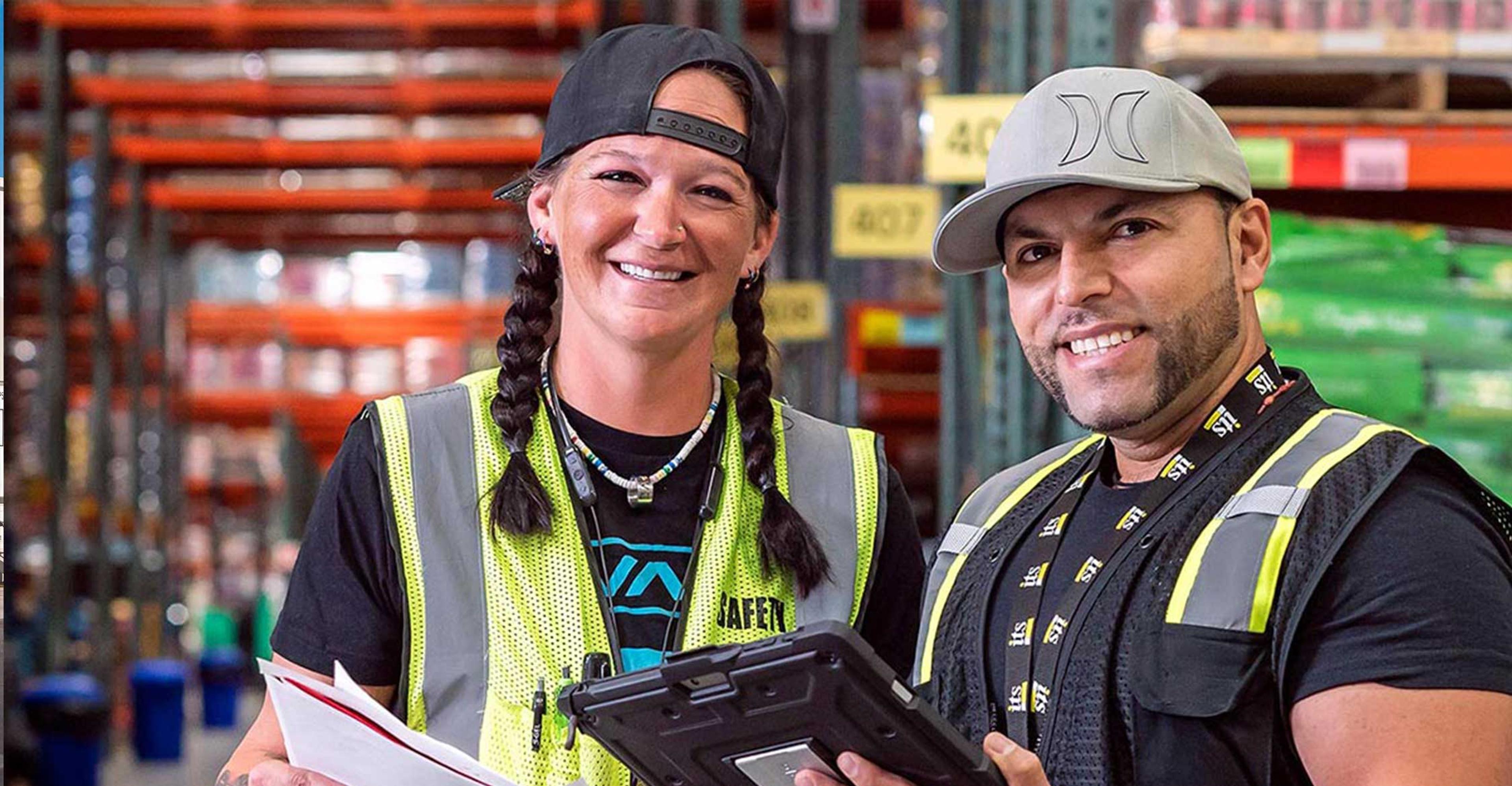Are Your Inventory Management Strategies Changing?

Many companies are changing up their inventory management strategies as continued shutdowns, port congestion, unpredictable demand and rapidly-shifting consumer behavior have become the standard. These more frequent supply chain disruptions have highlighted the risks of just-in-time inventory, causing some businesses to increase their inventory to help mitigate risk. However, the answer isn’t necessarily stocking more products, and with the right data and visibility, retailers don’t have to make an either-or decision.
“You can still be lean on inventory and utilize other tools to mitigate your risk,” said Kasia Wenker, director of supply chain solutions for ITS Logistics. “You don’t necessarily need to start stocking it all over the place.”
With improved supply chain visibility and information, companies can stock increased quantities of items that are high turnover, scarce, have fewer reliable suppliers or have extended lead times while still relying on just-in-time deliveries of more stable and consistent products.
Challenges with Just-in-Time Inventory
Constrained shipping capacity, port closures, manufacturing disruptions, uncertain lead times and even extreme weather delays have shown the need for buffer inventories for key products.
The 2022 Annual Third-Party Logistics Study found that more than three-fourths of shippers—83 percent—reported they experienced disruption in the supply of critical materials. More than half—62 percent—of shippers said they believe that supply chains have become too lean, taking out too much in an effort to reduce cost and on-hand inventory.
“We’ve definitely seen a shift with some of our customers away from their just-in-time inventory management strategies and more towards extra inventory to cover wide swings in demand,” said Wenker.
We’ve definitely seen a shift with some of our customers away from their just-in-time inventory management strategies and more towards extra inventory to cover wide swings in demand.
Concern over supply chain disruptions during the pandemic led to a 100-day investigation by the Biden administration. The 250-page report, “America’s Supply Chains,” said just-in-time production and deliveries increased risks in across multiple industries. President Biden announced plans to convene a global forum on supply chain resilience to assess vulnerabilities and develop common approaches to supply chain challenges.
The Benefits of Staying Lean
A survey published by Gartner showed interest among supply chain professionals in increasing safety stock. With this strategy, businesses keep a small but surplus amount of goods on-hand to guard against any unexpected demand surges that could strain their existing product stock.
However, adding more inventory isn’t the only solution. For many companies, the benefits of a just-in-time inventory strategy is still very significant as they allow companies to cut costs and reduce the risk of stock becoming obsolete.
Investing in the right technology can improve forecasting, planning and visibility and help retailers match inventory levels to evolving consumer demand as closely as possible.
Supply Chain Planning Tools
For a combined just-in-case/just-in-time approach to work, access to information and fast decision making is critical. For example, companies can calculate their weeks of stock based on supplier availability and look at where potential shortages could occur. “If you have backup factories for certain products but not for others, you can choose where it makes sense to increase inventory or use the data to look for additional ways to create backup suppliers,” Wenker said.
Companies can also employ a material requirements planning strategy, which uses computer software and other applications to manage inventory, breaks down inventory requirements into varying planning periods to ensure the smooth running of all operations concerning inventory.
Additionally, companies could place their factory orders for products one or two years in advance but maintain just-in-time delivery. “That gives your suppliers the ability to produce on their preferred schedule, but they can deliver just-in-time and ship it as you need it,” Wenker said.
That gives your suppliers the ability to produce on their preferred schedule, but they can deliver just-in-time and ship it as you need it.
Supply chain success is driven by the ability to forecast inventory accurately. Using data and analysis enables business owners to have accurate product information and sales forecasts readily available, mitigate risk among individual suppliers and make informed decisions and predictions on consumer demand. Companies don’t have to make an either-or choice when it comes to a just-in-case or just-in-time inventory management strategy.
What Inventory Strategy is the Best for Your Business?
Leveraging new technologies combined with years of experience allows us to dig through your data and workflow and improve the efficiency of your inventory management process from start to finish. Find out how we can help you today at (775) 451-2737 or kwenker@its4logistics.com.



